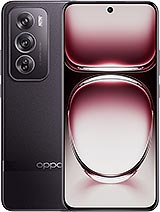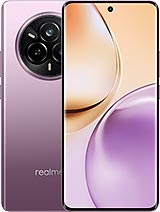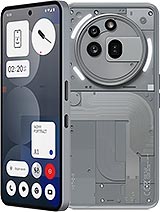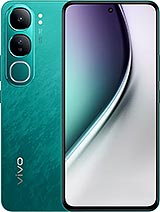Oppo Reno13 alternatives
Tap above to see alternatives.
Vivo Y300 alternatives
Tap above to see alternatives.
1x3.35 GHz Cortex-A715
3x3.20 GHz Cortex-A715
4x2.20 GHz Cortex-A510
2x2.2 GHz Cortex-A78
6x1.95 GHz Cortex-A55
8GB 256GB (UFS 3.1)
8GB 256GB (UFS 2.2)
f/1.8, 26mm (wide), 1/1.95", PDAF, OIS
8 MP
f/2.2, 15mm, 115˚ (ultrawide), 1/4.0", 1.12µm
2 MP
f/2.4, (depth)
f/1.8, (wide), 1/1.95", 0.8µm, PDAF
2 MP
f/2.4, (depth)
1080p@30/60/120fps, gyro-EIS
f/2.0, 21mm (wide), AF
f/2.5, (wide)
1080p@30/60fps, gyro-EIS
SIM1: Nano, SIM2: Nano
SIM1: Nano, SIM2: Nano
FDD: N1, N5, N8, N28
TDD: N41, N77, N78
FDD: N1, N3, N5, N8, N28
TDD: N38, N40, N41
FDD: N1, N5, N8, N28
TDD: N41, N77, N78
FDD: N1, N3, N5, N8, N28
TDD: N40, N77, N78
In this comparison, the Oppo Reno13 with the Mediatek Dimensity 8350 (4nm) performs better than the Vivo Y300 with the Qualcomm Snapdragon 4 Gen 2 (4nm), thanks to its more efficient chipset.
The Oppo Reno13 offers 3 years of OS updates, while the Vivo Y300 provides 2 years. When it comes to security updates, Oppo Reno13 leads with 4 years of support.
Both phones feature AMOLED displays. They have the same 120 Hz refresh rate. Vivo Y300 also has a brighter display with 1800 nits, improving outdoor visibility. Notably, Oppo Reno13 has a higher resolution display, resulting in sharper visuals.
Oppo Reno13 has a larger 5600 mAh battery for longer usage. They support 80W wired charging.
Oppo Reno13 offers better water and dust resistance with an IP68 rating.












